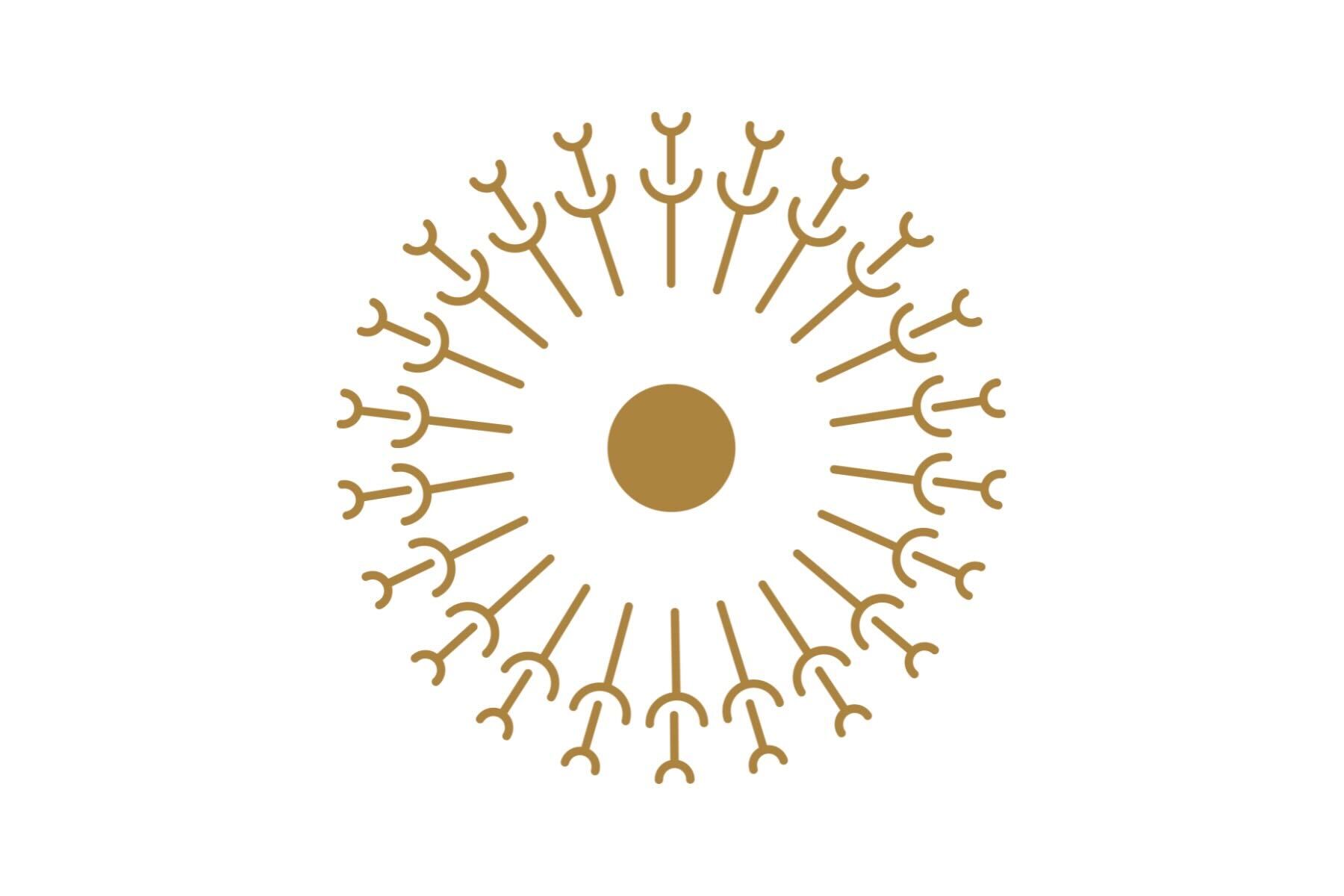When we think about our actions, we tend to concentrate on what we do. But it's the function of our conduct that lets us understand the broader picture. Understanding a behavior's purpose helps us 'break the chain' and develop better coping mechanisms. First, we must examine the sequence of events that occur when we engage in problematic conduct. We may build solutions to 'break the chain' by defining each behavior's purpose.
Chain analysis attempts to find all the reasons that contributed to a particular issue behavior (for example, drug usage). In other words, a person searches for all the connections in the chain that lead to problematic conduct. So, a chain analysis may assist you in finding out what causes bad behavior. It may also help you understand how to modify it.
For example, a person may recall the environment, ideas, or emotions that preceded the action. So, a person may become more conscious of all the circumstances that may lead to harmful conduct. This allows one to act early and avoid future incidents.
How to Conduct a Chain Analysis
The first step is to identify the problem behavior. Do you want to quit drinking for self-medication? Do you have an obsession with food? Identify conduct that causes you troubles in your life.
Next, consider what led up to the troublesome behavior. So, what were you doing? What was happening around you? Were you fighting? Did you recall a traumatic event? Identify the incident or setting that triggered your problematic behavior.
Identify the ideas triggered by the scenario or incident that led to the issue behavior. How did you judge the circumstance or yourself? So, did you think catastrophically, or with all-or-nothing thinking?
Consider your feelings because of the incident. It would be best to come up with all possible emotions, such as fear or sorrow or rage or humiliation, or guilt.
Take note of your bodily sensations. Try to identify and classify all your experiences. Did you, for example, feel out of breath? Muscle tension? An elevated heart rate? Consider how your body responded to the circumstance.
Next, write down what your ideas, feelings, and physical sensations made you desire to do. Did they make you want to flee or do anything to stop them? Did you feel “compelled” to participate in your troublesome behavior?
Finally, consider the ramifications of your troublesome conduct. Did you feel better afterward? Did you feel disappointed in yourself? Or ashamed? List as many outcomes (good and bad) as you can.
Making the Most of Chain Analysis
Performing a chain analysis immediately after a problem behavior might be beneficial. This way, you'll be able to recall more details regarding the events that lead to your issue behavior. It may also assist in determining what made you more prone to react as you did. For example, those who don't eat properly or sleep enough may be more prone to bad moods or emotional reactions.
So, go through a chain analysis of conditions that lead to problem behavior and attempt to determine all the roles a problem behavior fulfills for you. After the chain analysis, think of possible coping mechanisms you may apply at each step. It's vital to find out how to "break the chain" by using healthier coping skills and analyzing the purpose a problem habit provides.
Recovery from substance abuse is a journey, not a destination. There is no magic pill or easy shortcut. It can be hard work and challenging, but it is gratifying. Contact a professional recovery treatment center to get started on the path to recovery. Addiction treatment centers like Wish Recovery can help you change addictive behaviors, practice new skills, and find a new direction for the rest of your life. Recovery is a process, and we're here to support you along the way!

